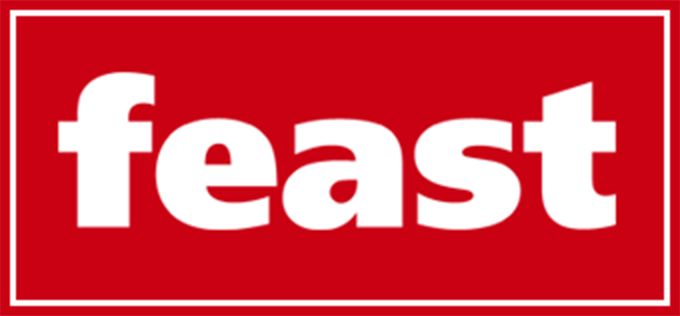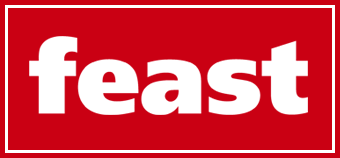When it comes to designing safe, durable, and visually appealing playgrounds, the choice of surface plays a crucial role. In the UK, wet pour surfacing has become an increasingly popular option for schools, parks, nurseries, and recreational areas. But what exactly is wet pour surfacing, and why is it considered the ideal solution for playgrounds across the country? Let’s explore using info from professionals, Abacus Playgrounds.
What Is Wet Pour Surfacing?
Wet pour surfacing, also known as rubber crumb surfacing, is a two-layer system comprising a base layer of recycled rubber granules and a top layer made from finer EPDM (ethylene propylene diene monomer) rubber granules. These layers are mixed with a polyurethane resin binder and poured on-site to create a continuous, cushioned surface.
The result is a seamless, impact-absorbing playground surface that can be installed in various colours and designs. Whether it’s bright and vibrant shapes or themed patterns, wet pour surfacing offers endless creative possibilities.
How Is Wet Pour Surfacing Installed?
The installation process for wet pour surfacing involves several key steps:
- Site Preparation: The ground must be properly prepared, often requiring a solid sub-base such as MOT Type 1 stone or concrete.
- Base Layer Installation: A shock-absorbing base layer is laid, typically using recycled rubber.
- Top Layer Application: The coloured EPDM top layer is then mixed and poured over the base, allowing for custom patterns and designs.
- Curing Time: The surface is left to cure and harden, ensuring a resilient and smooth finish.
The entire process ensures that the finished playground surface is both functional and visually attractive.
Key Benefits of Wet Pour Surfacing
1. Enhanced Safety
One of the primary reasons for choosing wet pour surfacing is its exceptional safety benefits. The shock-absorbing properties of the material help to cushion falls, reducing the risk of serious injury. This makes it ideal for areas with climbing frames, slides, swings, and other play equipment where falls are more likely.
In the UK, playgrounds must comply with BS EN 1177 standards for critical fall heights. Wet pour surfaces can be tailored to meet these requirements by adjusting the thickness of the layers according to the height of the equipment installed.
2. Durability and Longevity
Wet pour surfacing is known for its durability. It can withstand heavy foot traffic, varying weather conditions, and general wear and tear, making it a cost-effective long-term solution for busy playgrounds. When properly installed and maintained, wet pour can last for many years without needing replacement.
Its resistance to cracking and splitting also means fewer maintenance costs compared to traditional materials like tarmac or grass.
3. Versatile Design Options
Another major advantage of wet pour surfacing is its versatility. It can be installed in a wide range of colours and shapes, enabling designers to create fun, educational, and themed play areas. From hopscotch grids and alphabet trails to imaginative storytelling zones, the possibilities are endless.
This flexibility not only enhances the aesthetic appeal but also contributes to a more engaging play environment for children, promoting creativity and learning through play.
4. Accessibility
Creating inclusive play environments is a top priority for many local authorities and schools. Wet pour surfacing is an excellent option for accessible playgrounds, as it provides a smooth, seamless surface that is wheelchair- and buggy-friendly. This ensures that children of all abilities can enjoy the playground safely.
5. Low Maintenance
Once installed, wet pour surfacing requires minimal maintenance. Regular sweeping and occasional pressure washing can keep the surface clean and looking its best. Additionally, minor repairs can be carried out with patch kits if necessary, prolonging the life of the surface without significant disruption or cost.
Where Is Wet Pour Surfacing Commonly Used?
Wet pour surfacing is highly versatile and can be found in a range of environments, including:
- School playgrounds
- Nurseries and early years centres
- Public parks and recreational spaces
- Sports courts
- Outdoor fitness areas
- Pathways and pedestrian zones
Its adaptability makes it a favourite choice not only for traditional playgrounds but also for sports and activity zones where safety and durability are paramount.
Factors to Consider Before Installing Wet Pour Surfacing
While wet pour surfacing offers numerous benefits, there are some important factors to consider before installation:
Sub-Base Requirements
A properly prepared sub-base is crucial for the longevity of wet pour surfaces. An unsuitable or unstable sub-base can lead to sinking, cracking, or uneven surfaces over time. Generally, a stone or concrete base is recommended to ensure maximum durability.
Weather Conditions
Wet pour surfacing should ideally be installed during dry weather, as rain can affect the curing process. Therefore, scheduling installations during spring or summer months can help avoid delays and ensure a smooth finish.
Cost Considerations
Although the initial investment for wet pour surfacing can be higher compared to other options like bark mulch or grass, the long-term savings on maintenance, repairs, and safety compliance often make it a more cost-effective choice.
Thickness and Fall Height Compliance
The thickness of the wet pour layers must correspond to the critical fall height of any play equipment installed. Working with experienced installers ensures that the surfacing meets all necessary safety standards.
Eco-Friendly Aspects of Wet Pour Surfacing
Sustainability is increasingly important when choosing playground materials. Wet pour surfacing is often considered an environmentally friendly option, particularly because the base layer can be made from recycled rubber materials, such as old tyres. This reduces waste and supports eco-conscious building practices.
Moreover, its long lifespan and minimal maintenance requirements mean fewer resources are needed over time, further lessening its environmental impact.
Common Questions About Wet Pour Surfacing
How Long Does It Take to Install?
Installation times vary depending on the size and complexity of the project, but most playgrounds can be completed within a few days to a week, including curing time.
Can It Be Repaired?
Yes. Minor damage to wet pour surfaces can often be repaired using patch kits or professional services, allowing specific sections to be restored without needing a full replacement.
Is It Slip-Resistant?
Wet pour surfacing offers good slip resistance, even when wet, making it a safer choice for the often unpredictable British weather.
Can It Be Installed Over Existing Surfaces?
In some cases, wet pour can be laid over existing surfaces, such as old tarmac or concrete, provided the base is stable and in good condition. A professional assessment is recommended to determine suitability.
Conclusion
Wet pour surfacing has quickly become the go-to solution for playgrounds across the UK — and for good reason. Combining outstanding safety features, design flexibility, durability, and accessibility, it meets the diverse needs of modern play environments.
Whether you’re refurbishing a school playground, upgrading a local park, or creating a brand-new recreational area, wet pour surfacing offers a long-lasting, visually engaging, and child-friendly solution that stands the test of time.
By investing in high-quality wet pour surfacing, you’re not just creating a fun and colourful space for children — you’re building a safer, more inclusive future for play.



